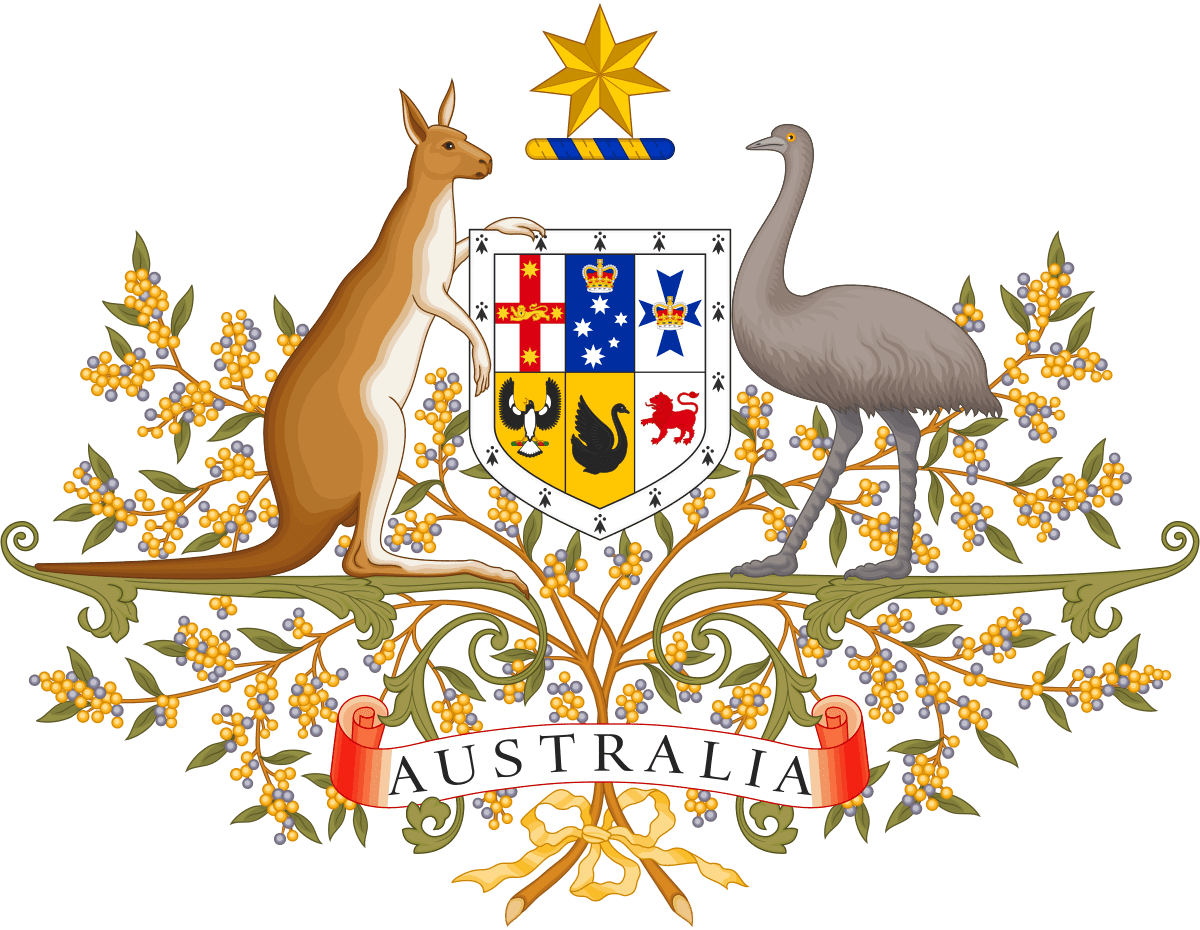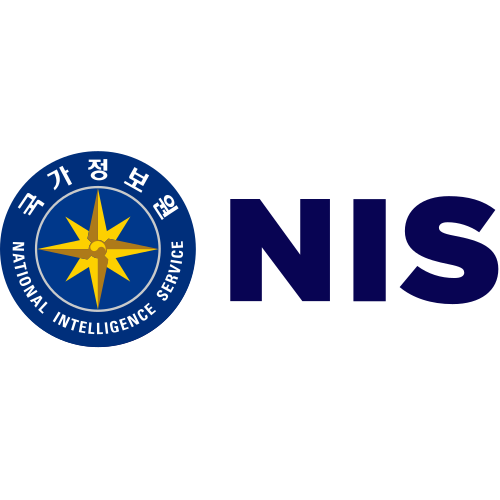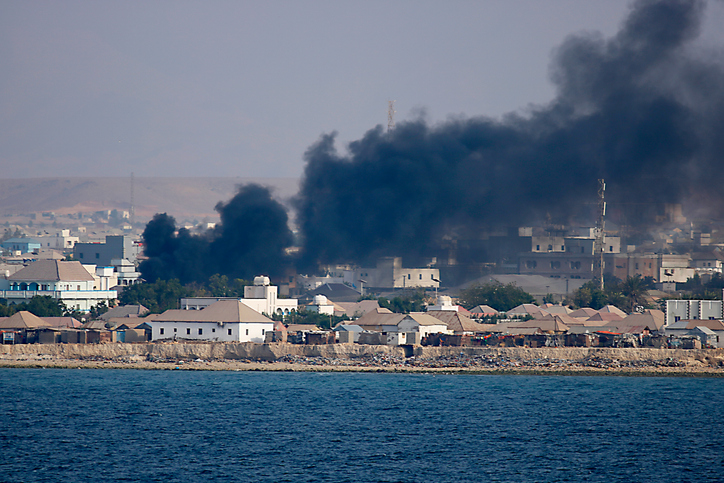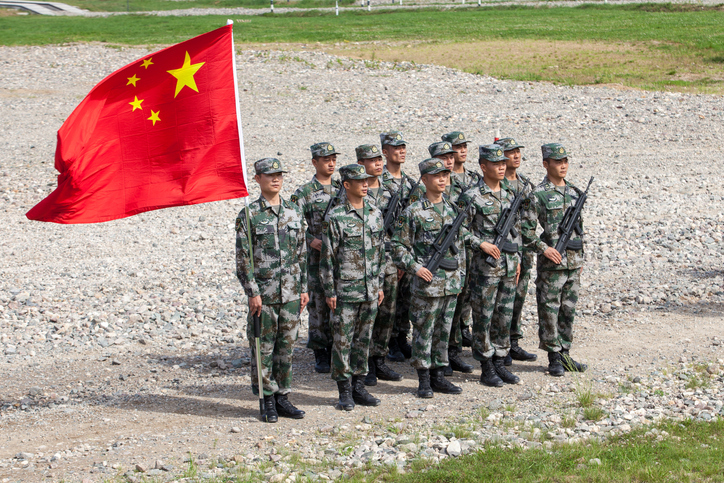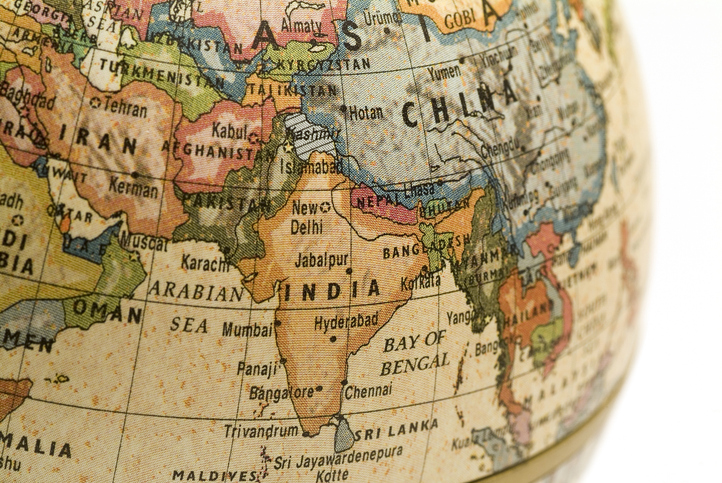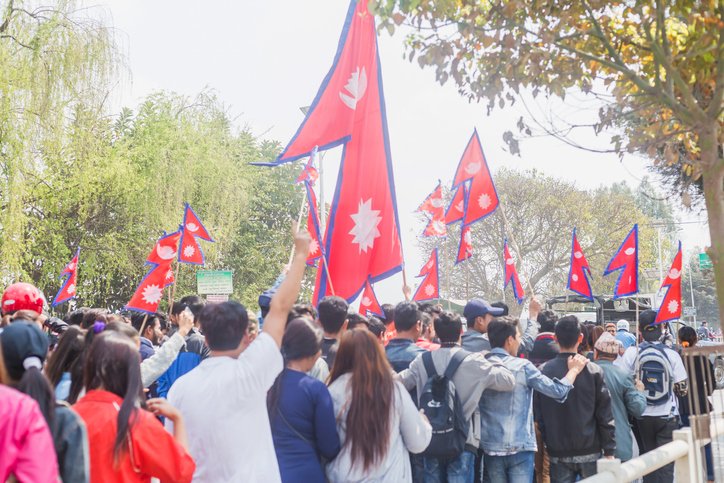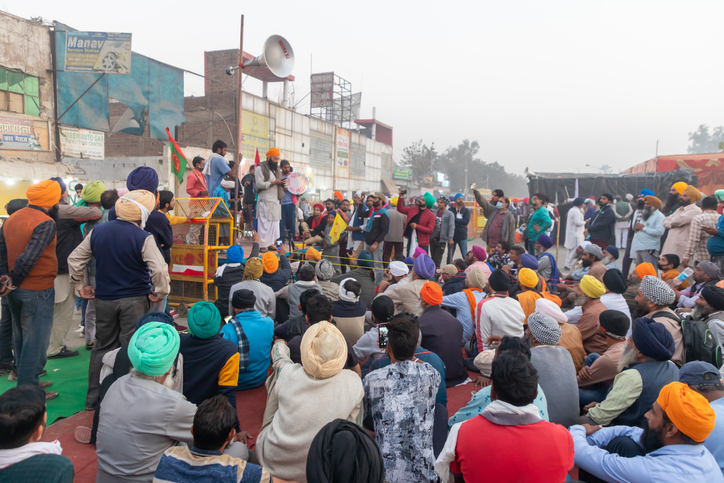
Posted On : Dec 18 2020
Khalistan Resurgence in India : Understanding the Complex Reality
The demand for Khalistan, a separate Sikh state, has been a recurring issue in India`s recent history, marked by sporadic periods of turbulence.
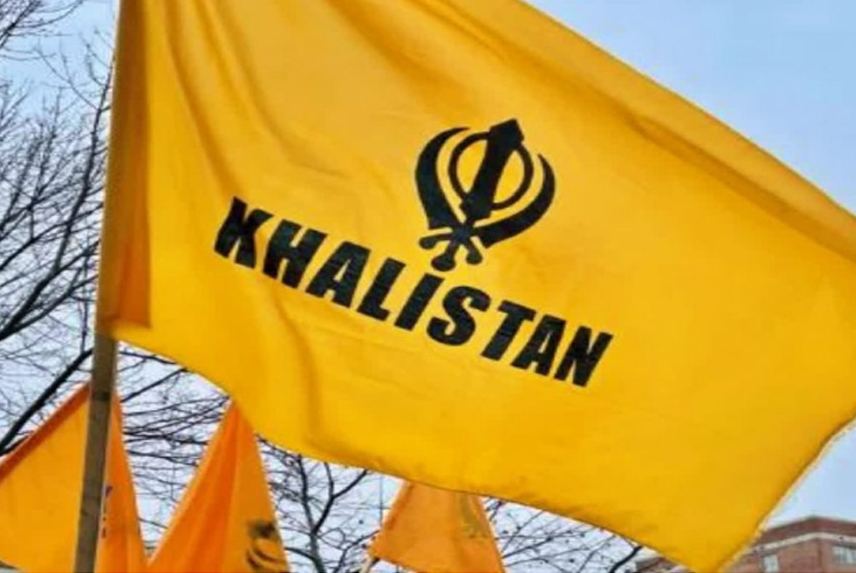
Emerging in the late 20th century, the Khalistan movement has witnessed a resurgence in recent years, raising questions about its roots, current status, and implications for India's unity and stability. This article delves into the Khalistan resurgence in India, seeking to provide a nuanced understanding of this complex phenomenon.
The Khalistan movement traces its origins to the 1947 partition of India and the subsequent tensions between the Sikh community and the Indian government. The demand for Khalistan gained momentum in the 1970s and 1980s, driven by a sense of political and economic marginalization among Sikhs and a perception of discrimination by the Indian state.
In recent years, there has been a resurgence of Khalistan-related sentiments and activities. Several factors contribute to this revival:
Perceived Injustice: Some Sikh activists argue that the injustices faced by the community, such as the 1984 anti-Sikh riots and the 2015 desecration of the Guru Granth Sahib, remain unresolved, fueling their desire for a separate state.
External Support: Some elements in the Sikh diaspora, particularly in countries like Canada and the United Kingdom, have been vocal supporters of Khalistan. They provide financial and logistical support to the movement, which has contributed to its resurgence.
Social Media and Propaganda: The internet and social media platforms have become effective tools for spreading Khalistan-related propaganda and mobilizing support both within India and among the diaspora.
Radicalization: A small faction of Sikh youth has been radicalized, advocating for violence as a means to achieve their goals. This radicalization has led to concerns about the potential for violence and instability.
The Indian government has responded to the Khalistan resurgence with a mix of security measures and outreach efforts. Security agencies have cracked down on militant groups and individuals involved in violence or separatist activities. Additionally, the government has sought to engage with moderate Sikh leaders and address some of the grievances within the community.
The Khalistan resurgence presents several challenges and implications:
National Unity : The demand for Khalistan poses a challenge to India's territorial integrity and national unity. The government must tread carefully to address legitimate grievances while preserving the country's unity.
Security Concerns: The radicalization of some Sikh youth raises security concerns, as it can lead to violence and instability. Preventing the spread of extremism is crucial for the government.
Diaspora Influence: The influence of the Sikh diaspora, particularly in countries like Canada and the United Kingdom, can amplify the Khalistan movement. Diplomatic efforts to address this influence are essential.
Human Rights: Ensuring the protection of human rights, addressing past injustices, and resolving grievances within the Sikh community are critical steps in countering the Khalistan resurgence.
The resurgence of the Khalistan movement in India is a multifaceted and evolving phenomenon. It cannot be dismissed as a mere fringe movement, as it reflects genuine grievances within the Sikh community and has garnered support both domestically and abroad. The Indian government faces the challenge of addressing these grievances while upholding national unity and security. A comprehensive approach that includes dialogue, development, and measures to counter radicalization is needed to address the complex issue of Khalistan resurgence in India.
No Comments Added





